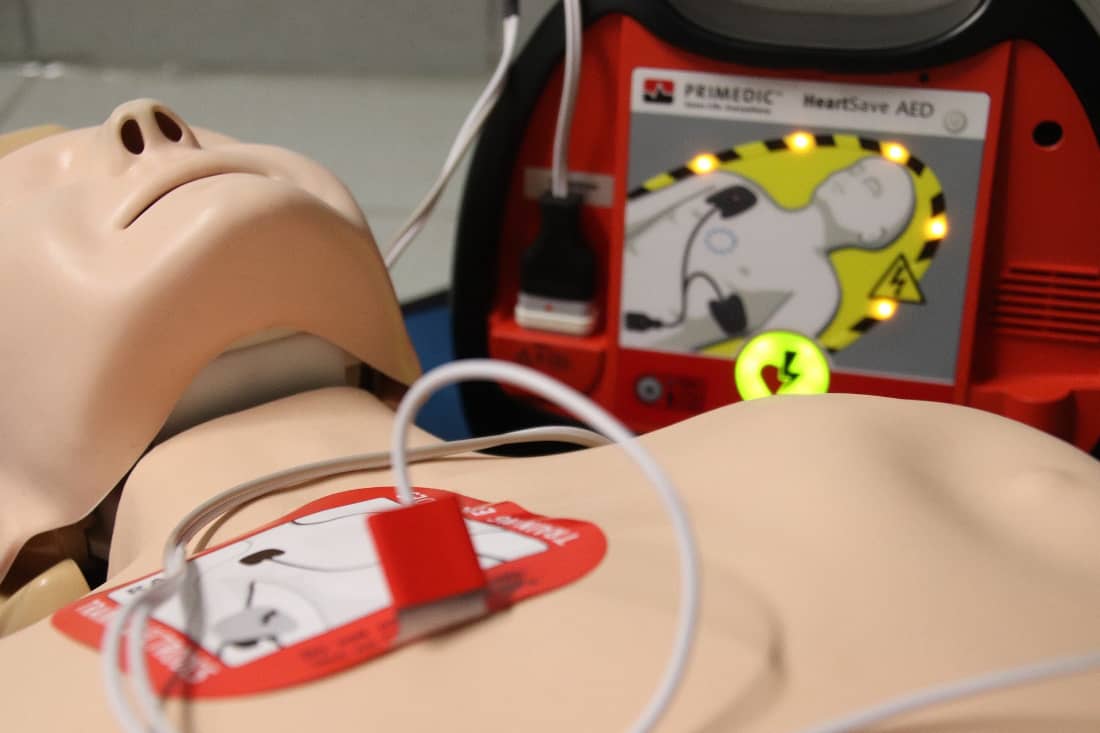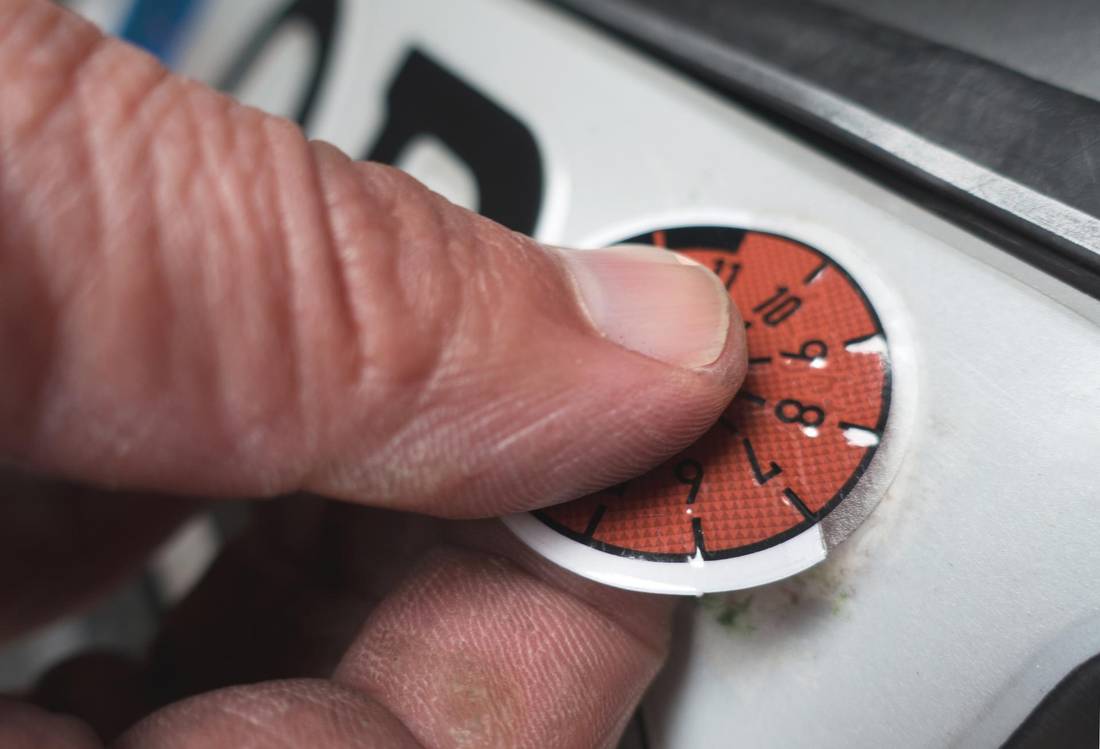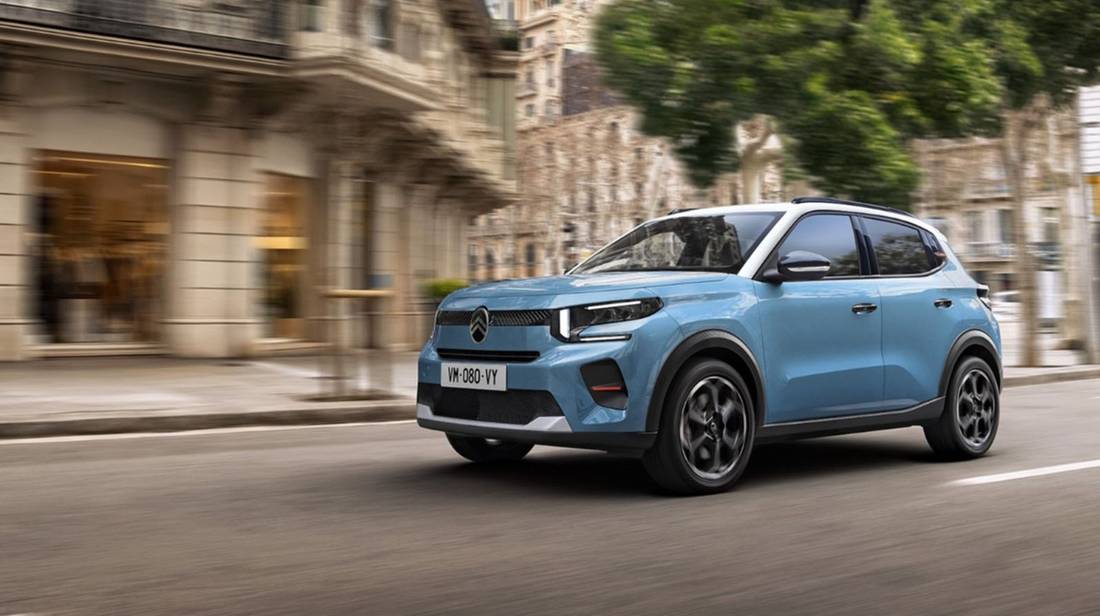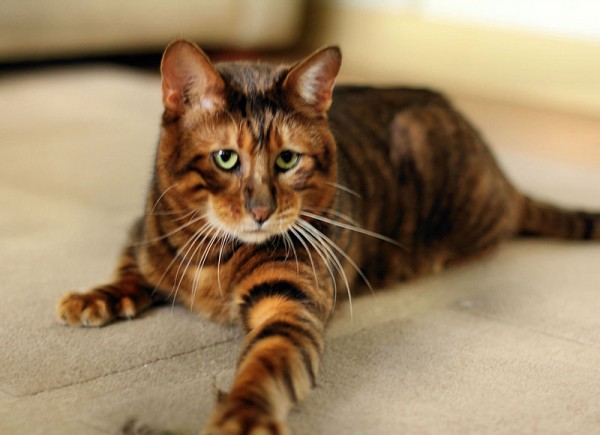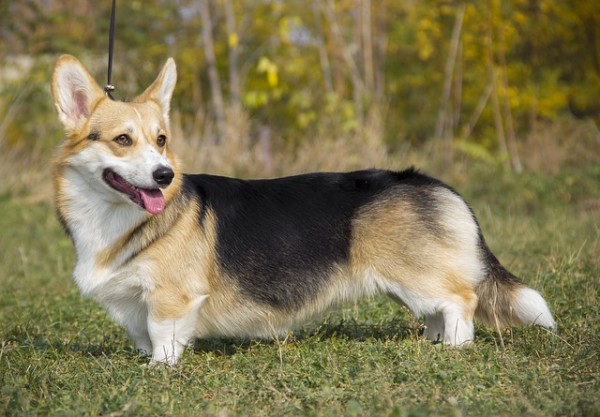Dogdance is a dog sport where you seem to be dancing to music with the dog. You teach your dog tricks during training and ensure that you make the signals as small as possible so that it eventually seems to be automatic. You can choose from heelwork where the dog stays very close to you or freestyle where everything is possible. Anyone with a dog can participate in dog dance. It is a fun, challenging sport for dogs and owners.
History
Dogdancing has been done since 1989. Dawn Jecs from Washington performed acts with her dog to music. The following year it was already demonstrated at the largest dog show in Europe ‘Crufts’. The audience was very enthusiastic and doggy dance quickly became a popular dog sport. Until 2009, there were occasional individual lessons or competitions without regulations in the Netherlands. The representatives of four dog dance clubs decided to meet and start a union. Since 2009, the Dutch Dog Dance Bond (NDDB) has been registered with the Chamber of Commerce.
Initially, the competitions were organized with the WCFO (World Canine Freestyle Organization), but because the level was very high and the judges came from abroad, it was less accessible for the small clubs and new participants. The NDDB decided to make its own competition rules in 2011 the first competition was held, but it was not yet ideal. In 2013, thanks to the opinions and ideas of dog dancers, the regulations were really established.
What is dog dance?
Dogdance is also called ‘canine freestyle’ or ‘heelwork to music’, but these are actually two different parts of Dogdance. Heelwork means that the dog follows you very close to you. In canine freestyle, everything is allowed and it is not so much what is paid attention to whether the dog is following you close, but rather which different tricks you show for example.
Dogdance means that the dog performs movements on command while enjoying music that makes it seem as if the owner and dog are dancing. Because the music is sometimes loud and you do not really want to see that commands are being applied, the commands are usually learned on movement instead of words. The owner of the dog is also called the handler in dog dance. During competitions you do a routine (dance) with your dog. The length of the dance can vary from 1:30 to 4:00 minutes, depending on the level.
Who is dog dance for?
Doggy dancing is suitable for all ages. There are different competition classes including a section for people with disabilities, seniors and juniors. Since it is about dancing to music, it is useful if you are a bit rhythmic and flexible. Because a choreography does not last very long, several family members may participate in a competition on one day.
Which dogs can participate?
All dogs can take dog dance lessons, however it will be easier for one breed than for another breed. For example, with a dachshund, it is not possible to stand on its hind legs. During lessons, the instructor will examine with you what the possibilities are and what are or are not good exercises for your dog.
Dogs are allowed to participate in classes from 6 months, but they cannot participate in qualifying competitions until they are 12 months so that the growing joints are not overloaded. When the dog is 8 years old, he / she can participate in the senior class.
Train
There are several dog associations where you can take lessons. On the website of NDDB you can see if there is an association in your area. What you learn during a lesson can also be applied at home. You will mainly get further with dog dance by continuing the exercises at home. Some dogs learn faster than others, but you can be proud of everything you achieve. The training sessions often start with learning tricks with the help of a reward such as cookies or toys. If one is more advanced, the training is loose and the rewards are increasingly omitted because on qualifying matches no reward is allowed during the routine.
You will not only learn the tricks with the dog, but also which music goes with it, what a choreography must comply with and what the rules are for possible competitions. You can ultimately decide for yourself which music you want to use and what kind of dance you want to do. Some teams turn it into a kind of play and incorporate a story into their performance.
Why dog dance
Because you do dog dance with your dog, you build a strong bond with your dog. It depends a bit on the breed, but most dogs enjoy it a lot. Because you dance together, both handler and dog get exercise. You can also practice the choreography and tricks at home.
With dog dance you are not only concerned with the dog, but also with coming up with a choreography to music. You can do competitive matches, but you can also train alone or participate in recreational matches.

